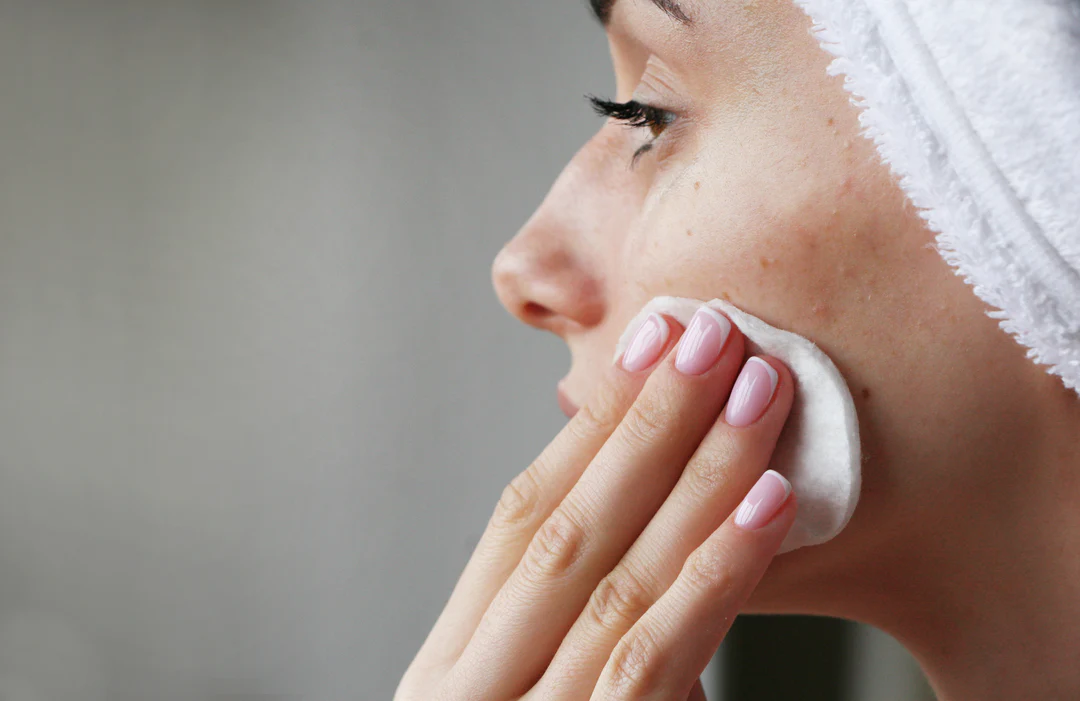
Can you sleep with salicylic acid on your face?
If you’ve had blemishes in the past, you’ve probably used products containing salicylic acid, whether you realised it or not. Salicylic acid is one of the most commonly used beta hydroxy acids and has a reputation for being effective in fighting common breakouts and acne-prone skin.
The question is whether this active ingredient can be used on the face overnight. Will it still deliver the desired results, or is it too harsh on the skin, causing dryness, flaking and irritation. Let’s explore how this ingredient works and find out if you can sleep with salicylic acid on your face.
Don’t forget: If you want to learn more about salicylic acid and its effects on the skin, you can read our dedicated blog post on The Beauty Insiders.
Can you leave salicylic acid on your face overnight?
Yes, you really can! You can use salicylic acid twice a day if needed. Oily skin and acne-prone skin benefit the most from using BHAs. If you have a dry skin type that occasionally breaks out, you may need to find a product that doesn’t stay on the skin for too long and should avoid leaving it on your face overnight.
If you have used salicylic acid before and your skin has developed a tolerance to it
When it comes to serums and moisturizers, you’ll find that they are usually formulated with 1% to 2% salicylic acid, which is considered low enough to leave on the skin overnight and rinse off in the morning. I strongly advise against using medical or professional-grade formulas with 15% or more for overnight use. These products are intended for skin treatments such as chemical peels and are best used to give your complexion a vibrant, clear, and flawless purity.
Does salicylic acid work overnight?
Yes, salicylic acid can tackle all your pimple and acne issues overnight. Due to its exfoliating, antibacterial, and anti-inflammatory properties, it fights any blemishes that are active on the surface of the skin, working underneath to prevent potential breakouts from surfacing.
You’ll notice that serum products containing salicylic acid contain a higher percentage of BHA, which can cause drying of the skin. Therefore, it’s best to combine any skin care products containing salicylic acid with a hydrating ingredient such as hyaluronic acid to keep the surface of the skin plump, hydrated, and youthful.
How long should salicylic acid be left on the face?
A lot depends on the product used, as they stay on the skin for different lengths of time. If you’re just adding salicylic acid to your routine, it might be a good idea to start with an exfoliating toner, applying it to the skin by soaking a cotton pad, and then applying the formula to your face. It, along with salicylic acid-infused cleansers, are another option, as both products either rinse off the face or get absorbed quickly.
If you choose to use a serum, facial oil, or moisturizer, they typically stay on the skin longer. Some skin care experts recommend using salicylic acid products overnight to allow the ingredient to work without being disrupted by free radicals like pollution or UV rays.
Should salicylic acid be applied in the morning or at night?
You can use salicylic acid twice a day, morning and night. This keeps your skin clean and free of dirt while fighting acne-causing bacteria. Using a BHA twice a day really depends on your skin type. Oily, acne-prone skin especially benefits from salicylic acid.
For those with slightly dry and sensitive skin, it’s best to avoid salicylic acid altogether, as the amount can be too much and can sometimes strip your skin of the essential oils it needs to stay healthy. In order for your skin barrier to function properly, it needs the right amount of water and oil to ensure it’s strong enough to fight off free radical damage. By stripping away this oil, you weaken your skin barrier and promote sebum production (the skin’s natural oil), which can lead to breakouts of acne, blackheads, and pimples.
When does salicylic acid start to work?
If you use salicylic acid products consistently for 6-8 weeks, your breakouts can hopefully improve. If you don’t notice any changes in your skin after this time, your next step should be to visit your doctor or dermatologist to look for alternative treatment options that will hopefully be more effective.
Is it normal to get a rash after using salicylic acid?
Yes, it’s completely normal for your skin to break out after using salicylic acid. This rash, also known as detoxification, occurs because of the way BHA works on the skin. Since salicylic acid is oil-soluble, it can penetrate deep into the base layers to remove excess sebum, dirt, bacteria, and other impurities from your pores. This causes all the “goo” to be pushed to the surface of the skin at once, leading to an acne-like rash.
Does salicylic acid remove blackheads?
Yes, it absolutely does! Salicylic acid is one of the most commonly used ingredients for combating blemishes and acne-prone skin. It breaks down impurities, removes excess sebum, and removes the buildup of dead skin cells that often settle on the surface and cause blackheads, pimples, and breakouts.
Here’s more on whether you can sleep with salicylic acid on your face. If you have any other questions, don’t forget to follow Procoal on Instagram. You can reach me via private message.


